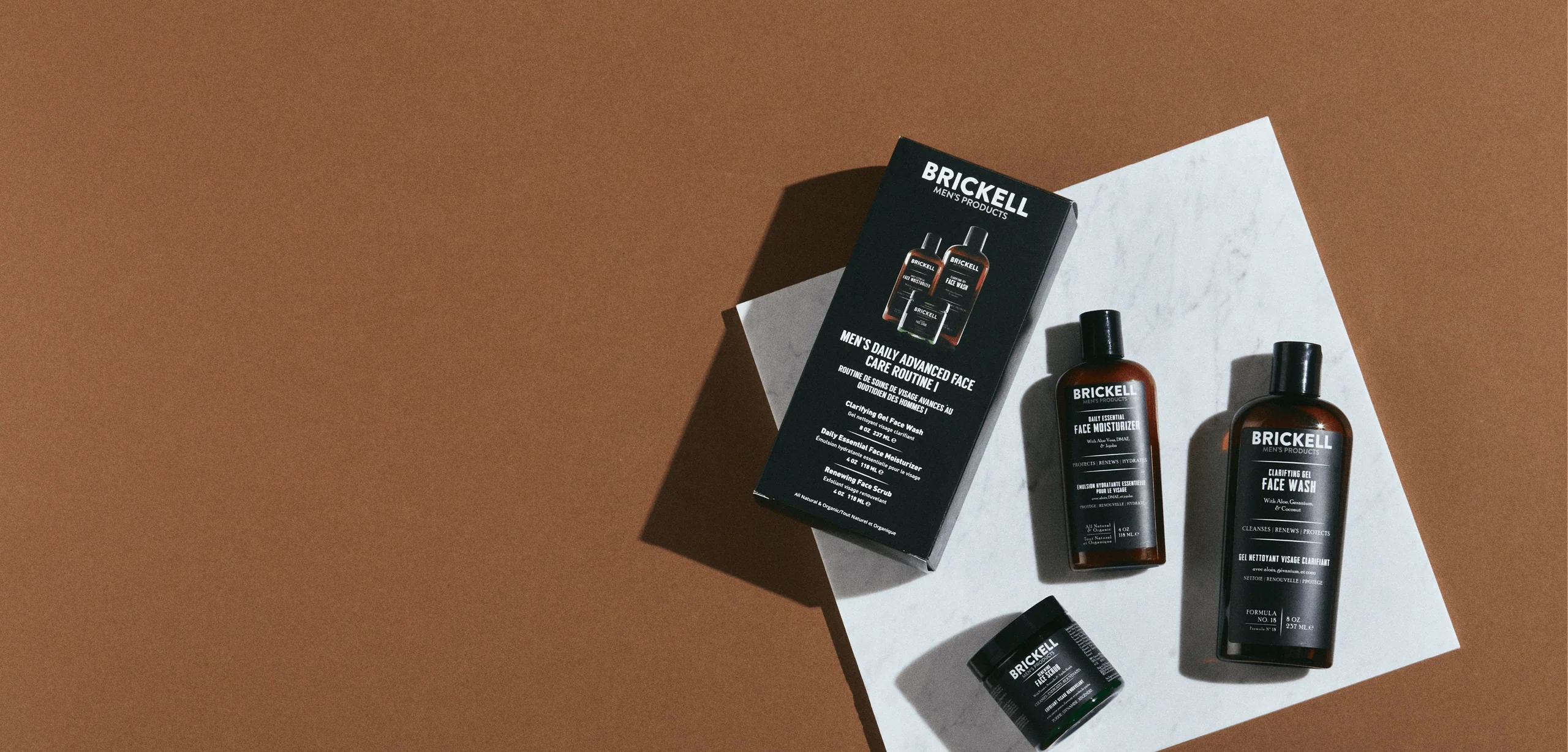The Grooming Manual
Liquid and Solid Cologne: What's the Difference?

If there’s one thing we have when shopping, it’s options. Look for anything at all, and you’ll likely find the item in question in hundreds - if not thousands - of colors, styles, and price points.
It’s no different for cologne, and the sheer diversity of choice can be downright overwhelming.
We want to make the choice a little easier for you. Here, we’ll discuss two major categories of cologne - liquid cologne and solid cologne - and explain why a high-quality liquid cologne is by far the better choice.
The History of Cologne
Before we dive in, let’s talk a little bit about the history of cologne and how we came to have the options that are available today.
The history of fragrance goes all the way back to Ancient Egypt: the Egyptians are widely credited as the first to store perfumes in bottles. They often used fragrances in ceremonies, burials, and among their elite.
Ancient Greeks and Romans began using perfume more ubiquitously - it’s estimated that the Romans used about 2,800 tons of imported frankincense and 550 tons of myrrh a year to create various balms, oils, and perfumes.
And it was big business. In 2004, archaeologists in Cyprus unearthed a 4000-year-old Bronze Age perfume factory complete with 500-liter storage jars!
Perfume was available in both oils and balms; many civilizations turned fragrant materials like myrrh and frankincense into balms to anoint their bodies, while plants like rose and peppermint were more frequently infused into oils. Eventually, the process of perfume distillation was refined in the Middle East, and the practice and fragrances soon reached Europe via the Silk Road.
The first modern perfume was commissioned by Queen Elisabeth of Hungary in the 14th century. This first perfume, known as Eau de Hongrie (Hungary Water), became the blueprint for the modern eau de toilette.
Soon, liquid perfumes began to largely replace solid balms. This brings us to the present moment, where the ubiquitous liquid cologne and the lesser-known solid cologne both still remain on the market.
What Is Liquid Cologne?
Liquid cologne, otherwise known as spray cologne, is generally a mix of alcohol, water, and fragrance molecules. The ratio of alcohol to fragrance depends largely on the perfume strength.
From most to least concentrated:
- Parfum is at least 25 percent perfume oil
- Eau de parfum is 15 to 18 percent
- Eau de toilette is 10 percent
- Eau de cologne and body spray are lighter
Whatever the concentration, the alcohol in the mixture will evaporate shortly after contact with the skin and leave just the fragrance molecules behind.
Finding the right liquid perfume can have many benefits. Among them:
- Increased confidence: Finding a great signature scent can increase confidence and make you feel more put together. In fact, in one study, 90% of participants noted increased confidence when wearing their perfume.
- Mood boost and improved brain function: Fragrances are proven to affect mood, physiology, and behavior. Lavender and bergamot, for example, cause relaxation in physical and mental states. Lemon, peppermint, and vanilla affect the electrical activity of the brain.
- Great first impressions: The first impression is everything, and - since scent is the strongest of the senses - the right fragrance can leave the strongest first impression.
What Is Solid Cologne?
A solid cologne - otherwise known as “hard cologne,” or “dry cologne” - is created by mixing scent in a wax base. It’s usually hard at room temperature, and it’s applied using the fingertips.
Some prefer solid cologne because of its portability and its shelf life. For one, its solid state makes it much more straightforward to transport, particularly if you’re flying. Similarly, men usually only use a little bit at a time, so a tin of solid cologne can last for quite a while.
The Winner: Liquid Cologne
We strongly prefer liquid cologne for a variety of reasons. First, many people gripe that solid cologne doesn’t smell as strongly as liquid cologne and that it often melts and winds up making a big waxy mess.
On a more serious note, though, solid cologne can also leave a residue to the skin that exacerbates fragrance-related irritation.
Remember, though, that even liquid cologne can have its drawbacks - particularly if you choose a cheap cologne that’s laden with synthetic chemicals, endocrine disruptors, and scents that don’t last.
That’s why we recommend that you do your research and choose a high-quality, all-natural, organic cologne that features pure essential oils.
Our Accolade cologne, for example, combines cedarwood, guaiac wood, sandalwood, Italian bergamot, and lemon to create a full-bodied, balanced, long-lasting fragrance. And it steers clear of the many potentially harmful ingredients that you'll find in far too many popular colognes.
Our Eminent cologne offers a lightweight scent with crisp marine undertones and subtle hints of lavender and mint. The overall effect is a subtle, understated masculine scent that entices the senses without being overpowering. And, of course, it contains no phthalates and is made with natural ingredients.

